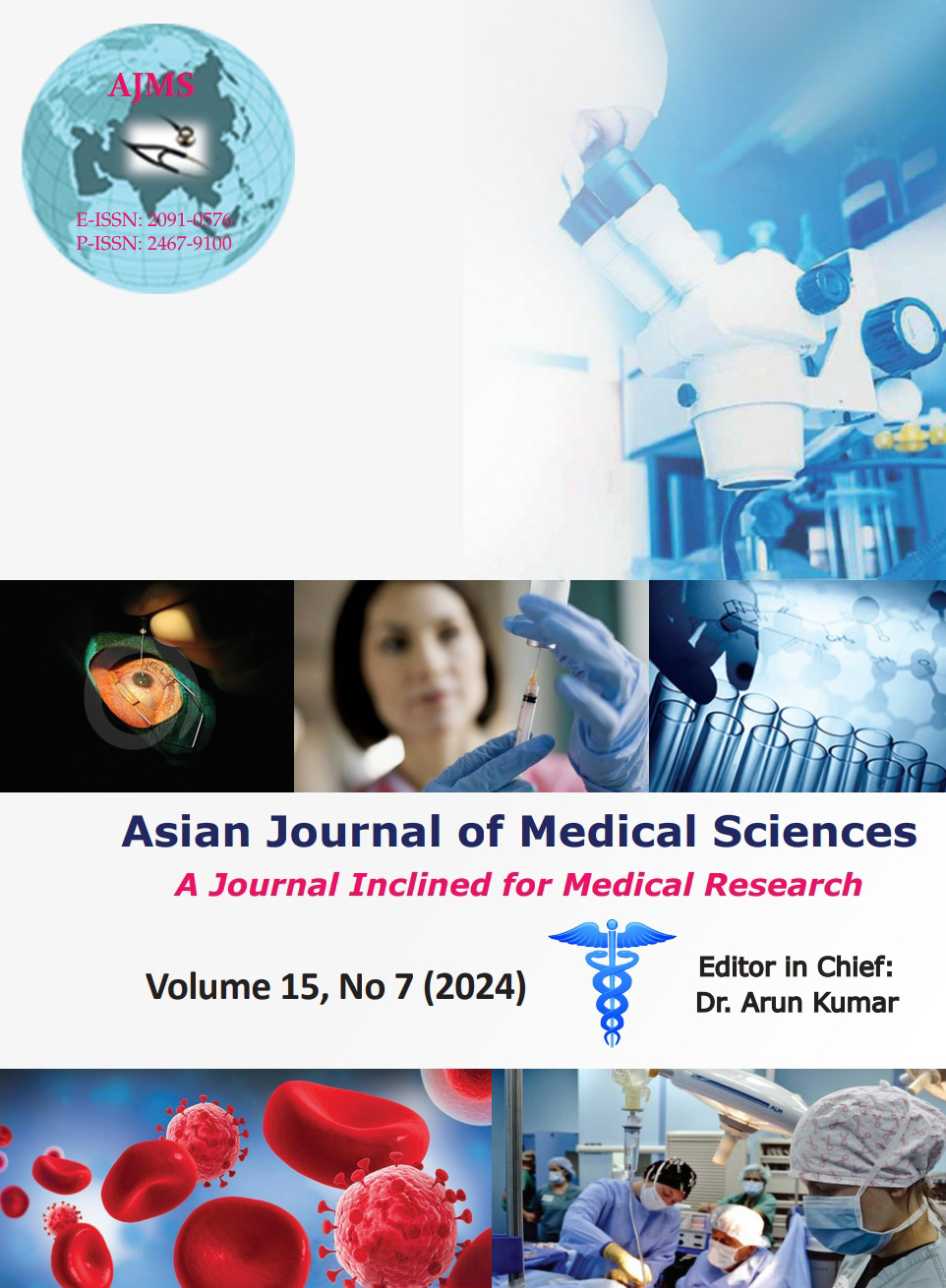A comparative study of efficacy of intravenous dexmedetomidine with perineural dexmedetomidine as adjuvant to ropivacaine in supraclavicular brachial plexus block in upper limb surgery
Keywords:
Adjuvant; Analgesia; Perineural; Ropivacaine; DexmedetomidineAbstract
Background: In supraclavicular brachial plexus block, to prolong the duration of analgesia, many adjuvants have been tried in the past in many studies but an ideal adjuvant remains yet to be discovered. Dexmedetomidine, a selective Alfa-2 adrenergic agonist when added to local anesthetic has been reported to prolong the block duration and post-operative analgesia in various regional blocks.
Aims and Objectives: The aims and objectives are to study the onset and duration of sensory and motor blockade, postoperative analgesia, and hemodynamic effects of addition of dexmedetomidine with ropivacaine in supraclavicular brachial plexus block.
Materials and Methods: Sixty patients aged between 18 and 60 years, American Society of Anesthesiologists class I and II, of both sexes, scheduled for upper limb surgery under supraclavicular brachial plexus block were randomly allocated into 2 groups. Group-A received 20 mL of 0.5% ropivacaine in brachial plexus block with 1 μg/kg dexmedetomidine as adjuvant perineurally and Group-B received 20 mL 0.5% ropivacaine in brachial plexus block with dexmedetomidine intravenous infusion at 1 μg/kg over 10 min. Intraoperatively non-invasive blood pressure, heart rate, SpO2, and sedation were recorded every 5 min for the first 10 min and every 15 min thereafter till the end. Time of first rescue analgesic, intensity of postoperative pain, and total analgesic required were recorded.
Results: Onset of sensory and motor block was faster in Group-A than Group-B. Duration of analgesia was prolonged in Group-A than Group-B. Hemodynamic stability was better maintained in Group-A than Group-B. Sedation was better in Group B.
Conclusion: Dexmedetomidine as adjuvant to ropivacaine in supraclavicular brachial plexus block is more efficacious in providing faster onset of motor and sensory blocks and prolonging duration of postoperative analgesia with better hemodynamic stability.
Downloads
Downloads
Published
How to Cite
Issue
Section
License
Copyright (c) 2024 Asian Journal of Medical Sciences

This work is licensed under a Creative Commons Attribution-NonCommercial 4.0 International License.
Authors who publish with this journal agree to the following terms:
- The journal holds copyright and publishes the work under a Creative Commons CC-BY-NC license that permits use, distribution and reprduction in any medium, provided the original work is properly cited and is not used for commercial purposes. The journal should be recognised as the original publisher of this work.
- Authors are able to enter into separate, additional contractual arrangements for the non-exclusive distribution of the journal's published version of the work (e.g., post it to an institutional repository or publish it in a book), with an acknowledgement of its initial publication in this journal.
- Authors are permitted and encouraged to post their work online (e.g., in institutional repositories or on their website) prior to and during the submission process, as it can lead to productive exchanges, as well as earlier and greater citation of published work (See The Effect of Open Access).




